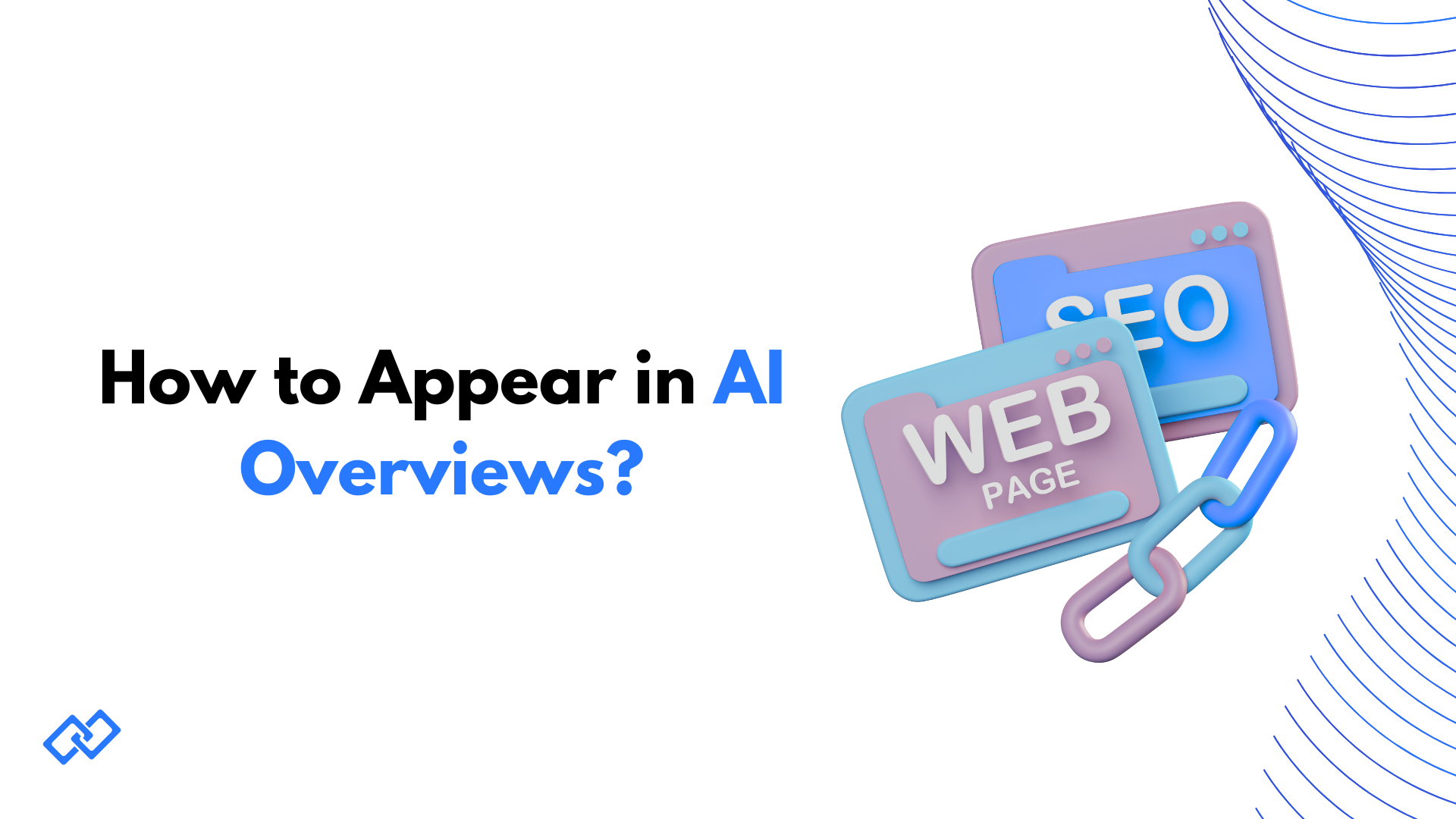How to Appear in AI Overviews?

Summary
AI Overviews — the new feature in Google Search and similar tools like Bing Copilot and Perplexity — are changing how people find information.
Instead of browsing multiple pages, users now see AI-generated summaries with a few trusted sources cited underneath.
For brands and publishers, that raises a crucial question:
👉 "How can we appear inside those AI answers?"
This article explains how AI Overviews work, how AEO (Answer Engine Optimization) differs from traditional SEO, and how tools like AdsBind already make it possible to gain visibility inside AI-generated environments — even before official paid placements exist.
What Are AI Overviews?
AI Overviews are AI-generated summaries shown at the top of search results in tools like Google Search (SGE), Bing Copilot, and Perplexity.ai.
They synthesize multiple web pages into one coherent response — often displaying 3–5 source citations or links.
Unlike traditional snippets, AI Overviews are generated dynamically, meaning:
- They rely on semantic understanding, not just keywords.
- The cited sources change depending on context.
- AI models prioritize clarity, authority, and factual structure.
In short — appearing there is like winning the new first page of Google.
How Does AI Choose What to Display?
AI Overviews don't rank content like SEO traditionally does.
Instead, they "pull" from content that:
- Uses clear, factual sentences (not vague or salesy).
- Includes structured data (schema, FAQ markup, headers).
- Has consistent topic authority — not just one optimized post.
- Provides concise, verifiable answers that LLMs can easily extract.
That's why Answer Engine Optimization (AEO) is becoming the next major strategy for visibility in AI search and summaries.
What Is Answer Engine Optimization (AEO)?
AEO is like SEO — but for AI models instead of ranking algorithms.
Instead of optimizing for keyword density, AEO focuses on context clarity and machine interpretability.
Your content should:
- Answer questions directly (use "what is," "how to," "why does" phrasing).
- Be scannable by AI — structured, factual, and well-labeled.
- Avoid fluff — LLMs don't reward filler.
- Provide value fast — AI Overviews summarize, not scroll.
Example:
❌ "Our platform helps users boost productivity through innovative automation."
✅ "To boost productivity, users can automate repetitive tasks using workflow tools like Zapier"
The second example is clear, fact-driven, and context-rich — perfect for AEO.
How to Increase Your Chances of Appearing in AI Overviews
Even without guaranteed inclusion, brands can improve their odds by:
- 1️⃣ Structuring content for AI parsing — use h2 and h3 headers that mirror user queries.
- 2️⃣ Adding schema markup — product, FAQ, and HowTo schemas help AI interpret meaning.
- 3️⃣ Focusing on topic clusters — multiple related articles signal authority.
- 4️⃣ Citing sources and data — AI prefers verifiable information.
- 5️⃣ Optimizing for intent — answer the "why" and "how," not just the "what."
You can also leverage contextual ad systems like AdsBind to appear within AI-driven interfaces that already support monetized inclusion.
Paid Visibility in AI Overviews (and What Comes Next)
Currently, Google's AI Overviews don't officially allow paid ads.
But the writing's on the wall: once AI answers replace search results, ad inventory will follow.
That's where AdsBind comes in.
It's designed for the next phase of discoverability — helping brands and developers appear contextually inside:
- LLM-powered agents
- Custom AI assistants
- Conversational UIs
- Embedded recommendation flows
Instead of buying keywords, brands will soon buy context.
AdsBind is building that infrastructure right now — safely, transparently, and early.
Example: From Search Snippet to Conversational Mention
Let's say you run an AI writing tool.
In traditional SEO, you'd try to rank for "best AI writing app."
In AEO, your goal is different:
Be understood by AI models as a credible, relevant option.
So when a user asks an AI assistant:
"What are some tools to help me write faster?"
The agent might reply:
"You can try platforms like…
—---------------
Try WriteFlow, a tool for structured writing assistance. (Sponsored)"
That's visibility inside the conversation — not around it.
The Role of Contextual Advertising in AEO
AEO isn't just organic anymore.
As AI Overviews evolve, contextual advertising will complement it — allowing sponsored content to appear where users are actively asking questions.
AdsBind bridges that gap by letting marketers:
- Serve ads below AI-generated outputs
- Match intent without cookies or tracking
- Maintain full transparency with "Sponsored" labels
It's the world's first platform focused on LLM-based ad delivery — essentially AEO meets monetization.
How to Prepare Your Brand for AI Discoverability
Here's your checklist for 2025 visibility:
- ✅ Publish structured, fact-based content with schema
- ✅ Use conversational phrasing — match human queries
- ✅ Optimize for AI models' understanding, not just ranking
- ✅ Experiment with paid contextual inclusion via AdsBind
- ✅ Track which questions or intents your brand already appears in
AI Overviews are still evolving — but brands that start aligning with AEO now will own the next decade of organic visibility.
🧩 Final Thoughts
Appearing in AI Overviews is the new frontier of visibility.
Traditional SEO will still matter, but it's no longer enough — the next generation of discoverability is conversational, contextual, and model-aware.
If your brand wants to stay visible when users move from search boxes to AI agents, start investing in AEO now.
And if you want visibility before the big platforms even open ad slots — AdsBind already makes it possible.
👉 The future of attention is happening inside AI answers.
Be part of it — not left out of it.